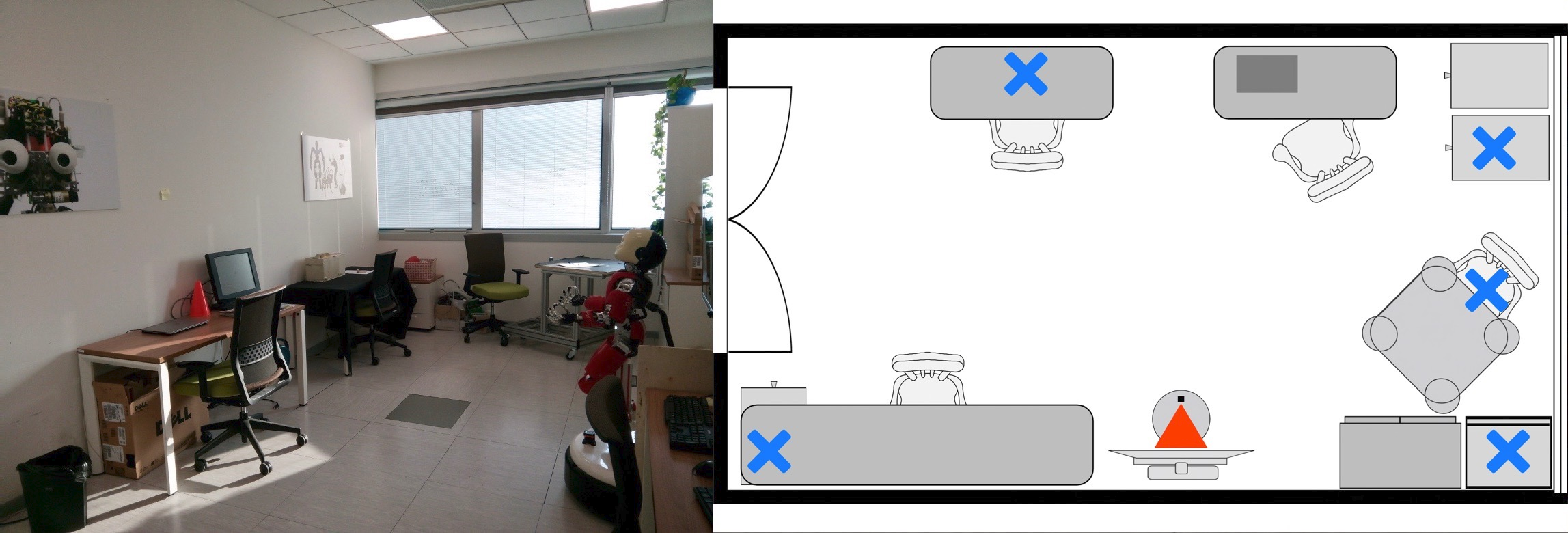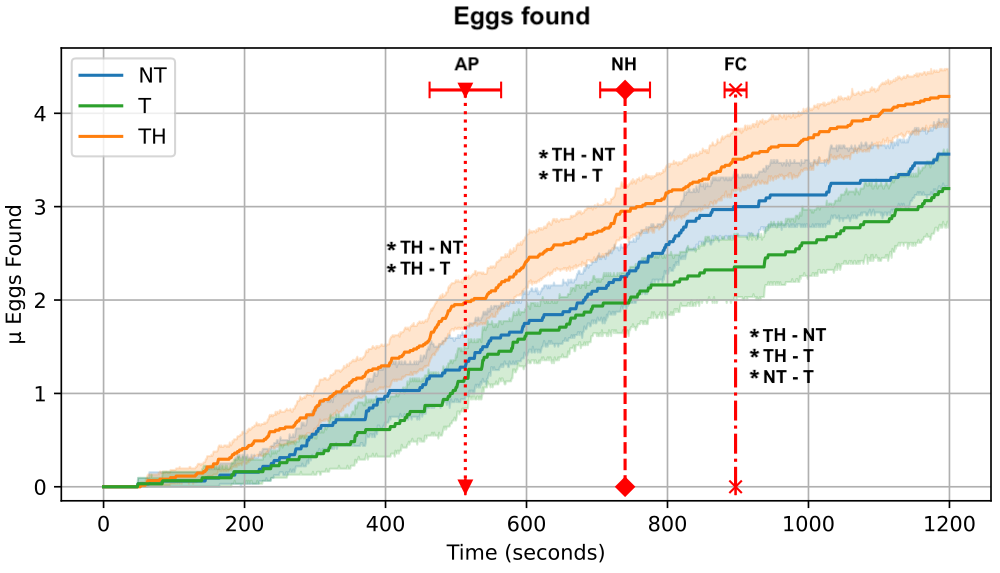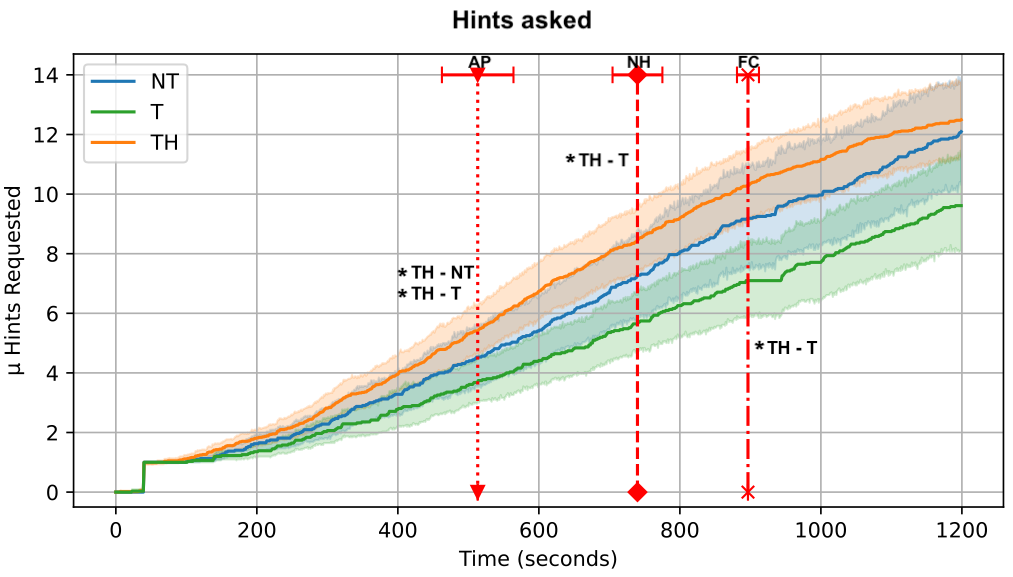Expectations vs. Reality: Unreliability and transparency in a treasure hunt game with iCub
Published:
Aroyo AM., Pasquali D., Kothig A., Rea F., Sandini G., Sciutti A.
Published in IEEE Robotics and Automation Letters. 2021 (RAL)
Abstract
Trust is essential in human-robot interactions, and in times where machines are yet to be fully reliable, it is important to study how robotic hardware faults can affect the human counterpart. This experiment builds on a previous research that studied trust changes in a game-like scenario with the humanoid robot iCub. Several robot hardware failures (validated in another online study) were introduced in order to measure changes in trust due to the unreliability of the iCub. A total of 68 participants took part in this study. For half of them, the robot adopted a transparent approach, explaining each failure after it happened. Participants' behaviour was also compared to the 61 participants that played the same game with a fully reliable robot in the previous study. Against all expectations, introducing manifest hardware failures does not seem to significantly affect trust, while transparency mainly deteriorates the quality of interaction with the robot.
Images



How to cite?
@article{aroyo2021expectations,
title={Expectations vs. Reality: Unreliability and Transparency in a Treasure Hunt Game with {iCub}},
author={Aroyo, Alexander Mois and Pasquali, Dario and Kothig, Austin and Rea, Francesco and Sandini, Giulio and Sciutti, Alessandra},
journal={IEEE Robotics and Automation Letters},
volume={6},
number={3},
pages={5681--5688}
month={July},
year={2021},
publisher={IEEE},
url={http://dx.doi.org/10.1109/LRA.2021.3083465},
DOI={10.1109/lra.2021.3083465}
}


